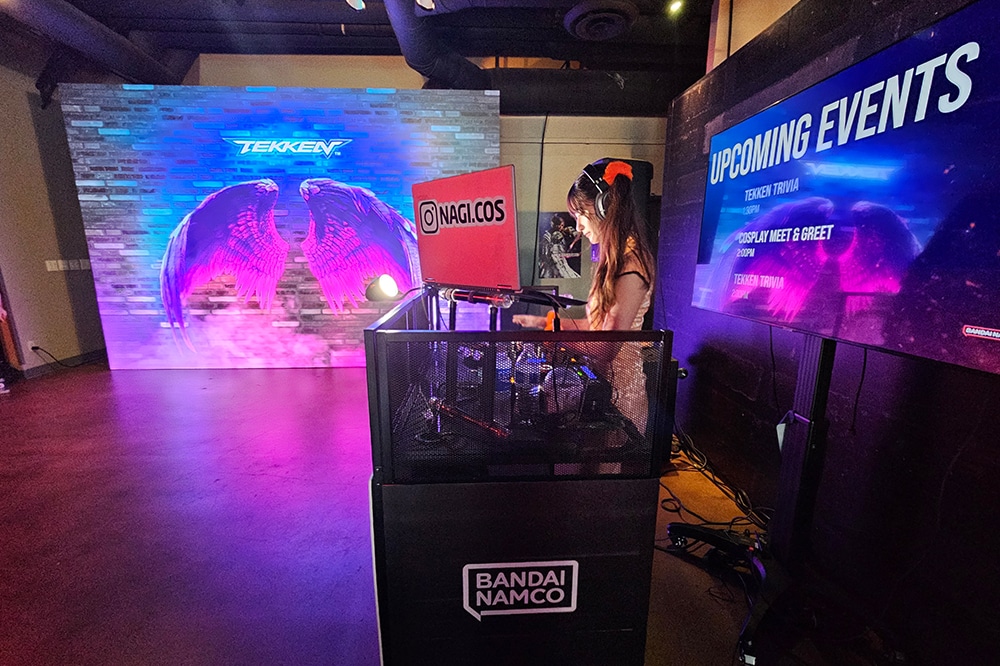Hue consistency in light-emitting diode wall panels is crucial for attaining optimal optical output. light-emitting diode wall screens are commonly used in various settings, including concerts, meetings, and advertising displays. When the colors on these screens are uniform, they create a more engaging and enveloping experience for audiences. Several critical elements affect hue uniformity, including the quality of the light-emitting diode elements, tuning procedures, and environmental factors.
The caliber of the light-emitting diode elements plays a major role in color consistency. Different types of light-emitting diodes emit light at different frequencies, which can affect the overall color output. High-quality light-emitting diodes are engineered to produce a more consistent light range, leading in better color accuracy. Additionally, the manufacturing process of these LEDs can affect their functionality. Screens made with high-grade materials and technology tend to have less color variations, guaranteeing that the displayed pictures and footage look vibrant and true to life.

Tuning is another crucial element in preserving hue consistency in light-emitting diode wall screens. Calibration involves modifying the settings of the panel to make certain that the hues displayed match the desired appearance. This process can consist of fine-tuning brightness, contrast, and hue equilibrium. Regular calibration is essential, especially in settings where lighting conditions change often. By tuning the panels, specialists can fix any discrepancies in hue led wall rental for community events output, resulting to a more consistent viewing encounter.
Environmental factors also affect color consistency in light-emitting diode wall screens. Elements such as ambient light, temperature, and moisture can affect how colors are perceived. For example, intense ambient light can dull colors, making them look more vibrant. Similarly, harsh temperatures can affect the performance of the light-emitting diodes, resulting to color changes. To mitigate these problems, it is crucial to install light-emitting diode wall panels in controlled settings where illumination and heat can be managed effectively.
Finally, the layout and arrangement of the LED wall panels can affect color uniformity. The arrangement of the panels, as well as the spacing from which they are observed, can create variations in hue recognition. When screens are arranged too far apart or at different angles, audiences may notice discrepancies in color. To obtain the best visual output, it is crucial to take into account the placement and arrangement of the screens during setup. By addressing these factors, users can ensure that their light-emitting diode wall panels provide a consistent and high-quality optical experience.
Comments on “Exploring the Crucial Elements That Influence Hue Consistency in Light Emitting Diode Panel Panels for Optimal Visual Output”